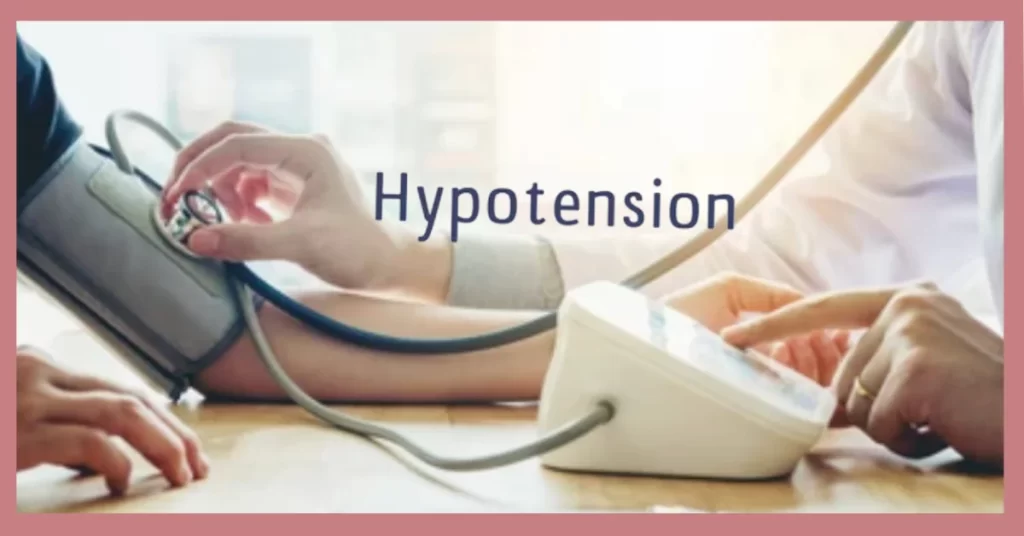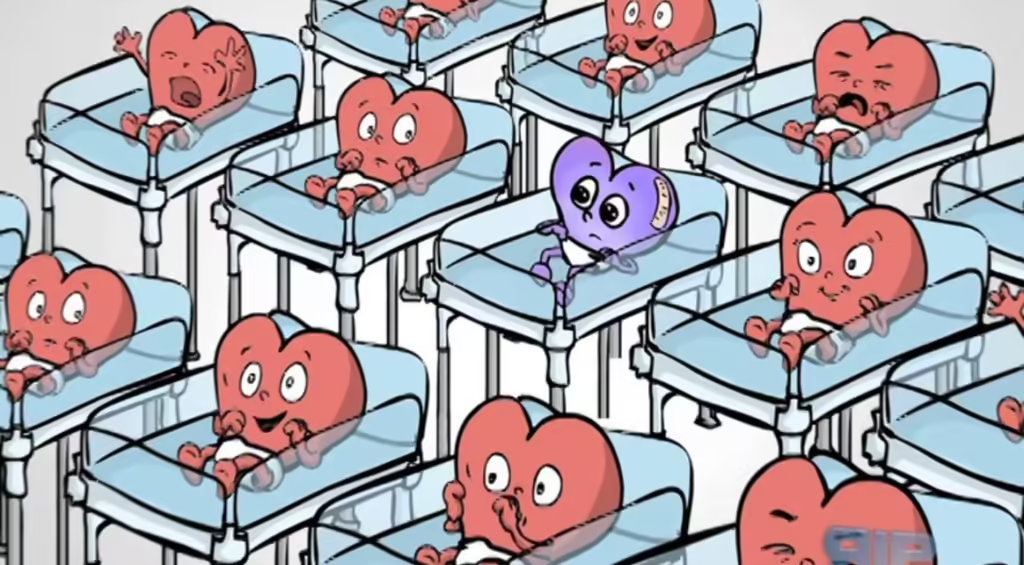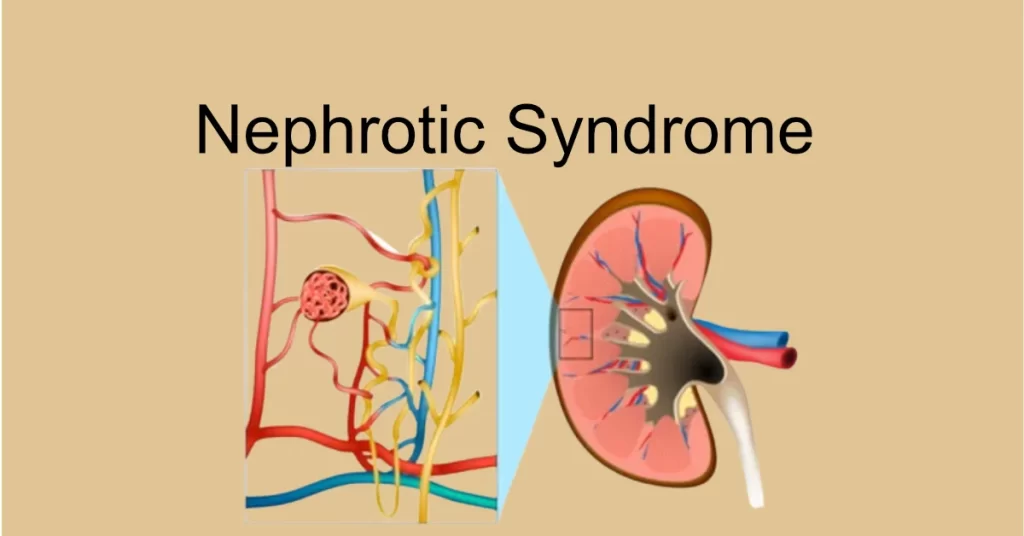Everything You Need to Know About Low Blood Pressure

Hypotension, or low blood pressure, can have serious health consequences if left untreated. In this comprehensive guide, we will discuss the causes, symptoms, and treatment options for this medical condition.
What is Hypotension?
Hypotension is a medical condition characterized by low blood pressure. Blood pressure is the force of blood against the walls of the arteries. When blood pressure drops below the normal range, which is typically around 120/80 mmHg, it can lead to symptoms such as dizziness, fainting, and fatigue. A blood pressure reading of less than 90/60 mmHg is considered hypotension. Hypotension can occur due to a variety of factors, including underlying health conditions, medications, and lifestyle choices.
Causes of Hypotension: Hypotension can be caused by a variety of factors, including:
1. Dehydration: When the body loses too much fluid, blood pressure can drop, leading to hypotension.
2. Medications: Certain medications, such as diuretics, alpha blockers, and beta blockers, can lower blood pressure.
3. Heart conditions: Heart failure, arrhythmias, and other heart conditions can lead to a decrease in cardiac output, which can cause hypotension.
4. Endocrine disorders: Adrenal insufficiency and hypothyroidism are examples of endocrine disorders that can lead to hypotension.
Symptoms of Hypotension
The symptoms of hypotension can vary depending on the severity of the condition. Mild hypotension may not cause any noticeable symptoms, while severe hypotension can be life-threatening. Some common symptoms of hypotension include:
1. Dizziness or lightheadedness
2. Fainting
3. Fatigue
4. Blurred vision
5. Confusion or difficulty concentrating
6. Nausea
Treatment for Hypotension
Treatment for hypotension depends on the underlying cause and severity of the condition. In mild cases, lifestyle changes such as increasing fluid and salt intake can help raise blood pressure. In more severe cases, medications such as fludrocortisone, midodrine, or ephedrine may be prescribed to increase blood pressure. In some cases, surgery may be necessary to treat an underlying condition causing hypotension.
Assessment of Hypotension: Hypotension can be diagnosed through physical examination, medical history, and blood pressure readings. A blood pressure reading of less than 90/60 mmHg is considered hypotension. Other tests, such as electrocardiogram (ECG) and echocardiogram, may also be performed to determine the underlying cause of hypotension.
Conclusion: Hypotension is a serious medical condition that can have life-threatening consequences if left untreated. It is important to seek medical attention if you experience symptoms of hypotension. Treatment options include lifestyle changes, medications, and surgery. By understanding the causes, symptoms, and treatment options for hypotension, you can take steps to prevent and manage this condition. Remember to consult with your healthcare provider for proper diagnosis and treatment






Responses